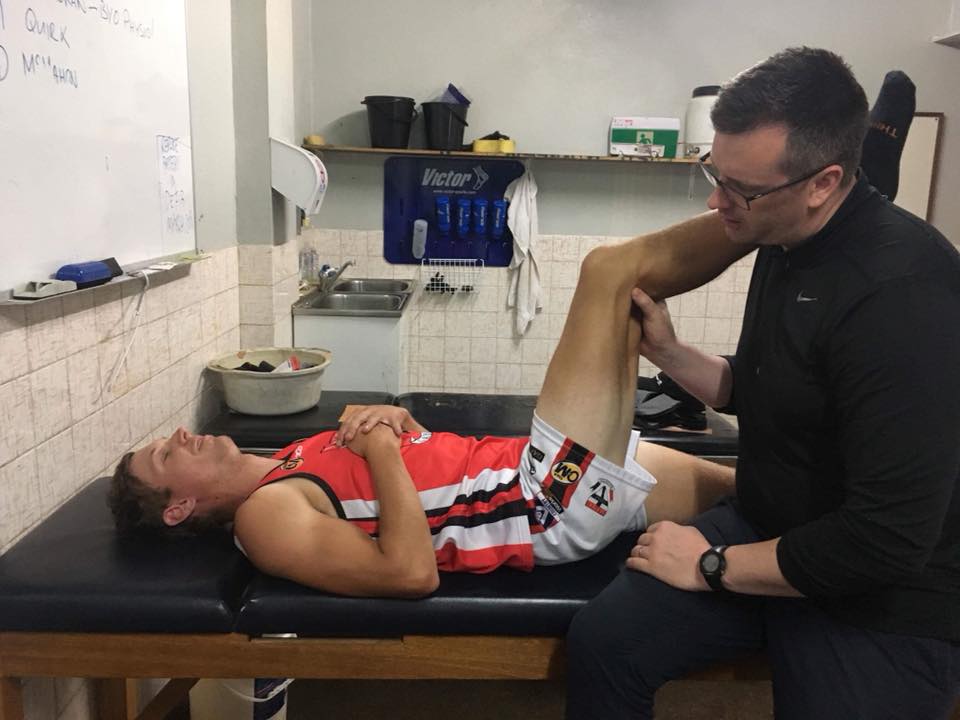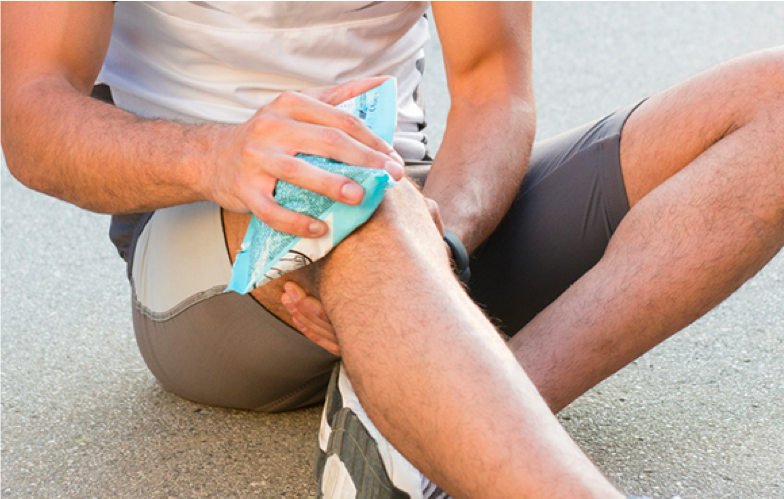24 Jul Soft Tissue Healing

By James Thomas
The most common acute injury that is seen by a Physio can be largely classified under the broad term soft tissue injuries. This encompasses all injuries that affect the soft tissue (mainly muscle, tendon and ligament) of the body. Injuries such as hamstring strains, ankle sprains, and corked thighs are examples of common soft tissue injuries that Physios treat on a daily basis.
When treating a soft tissue injury, and determining times to return to sport, work or recreational activities, it is essential for your Physio to have an awareness of the different stages of soft tissue healing, and the length of time these stages typically last for. It is also very beneficial for the patient to have some awareness of soft tissue healing times, so that they have realistic expectations regarding their recovery, and what treatment will be involved.
Soft tissue healing occurs in three stages, acute inflammatory phase, subacute repair phase, and remodelling phase. The length of time these stages take can be influenced by many things, including age, the severity of injury, and whether appropriate treatment and advice has been given, and there can be significant overlap between stages. It is important to remember that re-injury can occur during any of these stages, which may also prolong recovery.
Acute Inflammatory Phase (up to 72 hours post injury)
At the time of injury, small blood vessels and cells are damaged, causing bleeding, swelling and inflammation. This then increases blood flow to the area, with the purpose being to bring white blood cells, platelets and other blood products to the injured area.
These cells begin to remove the damaged tissue and prepare the area for repair.
While some inflammation is beneficial, and essential for healing, excessive swelling and inflammation can increase pain and cause a slowing of the healing process.
Treatment at this stage follows the RICE principle of rest, ice, compression and elevation, as well as gentle movement to assist the body to clear excessive swelling and inflammation.

Subacute Repair Phase (up to 6 weeks post injury)
During this stage, inflammation begins to settle down, and cells called fibroblasts begin to repair the injured tissue, laying down collagen fibres in the form of scar tissue. These early collagen fibres are laid down in a disorganised, random fashion, resulting in tissue that is weaker and less flexible than it was previously.
At this stage, pain usually reduces, and the injury will begin to feel better. This can result in returning to pre-injury activities too early, increasing the risk of reinjuring the area and prolonging recovery.
Physio at this stage is focused on improving range of motion and some early strengthening of the area, to attempt to optimise the laying down of new collagen fibres.
Remodelling Phase (up to 12 weeks post injury and beyond)
The remodelling phase involves the conversion of the early collagen into a stronger, more organised form. The application of gentle force such as stretch, contraction and weight bearing, stimulates the alignment of fibres along the lines of tension, and strengthens the bonds between fibres, so that the muscle, ligament or tendon is better able to cope with the loads exerted on it.
Physio at this stage is aimed at the gradual application of force and load to the area, to ensure that is strengthens appropriately, while restoring full range of motion, and minimising the risk of reinjury.
Being familiar with these stages of healing helps manage rehabilitation after injury, to ensure a quick, and effective return to sport, work or recreation, while also having an understanding of the reason time is required to allow injuries to heal.
Accurate assessment of the injury by a qualified health professional is essential to determine the type and severity of injury, and to manage your recovery to get back to the activities that you enjoy, sooner.



